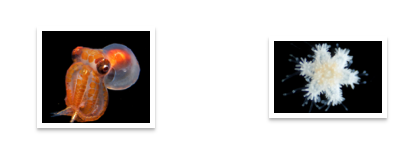🌊 Ocean Foundations: Key Marine Organisms
1/7
Earn XP
Description and Tags
work in progress
Name | Mastery | Learn | Test | Matching | Spaced |
|---|
No study sessions yet.
8 Terms
diatoms
A type of phytoplankton. Microscopic single-celled algae, eukaryotic, not bacteria, with silica cell walls, essential to marine food webs and primary producers. They are critical in carbon fixation and contribute significantly to oxygen production in aquatic environments. They reproduce quickly.
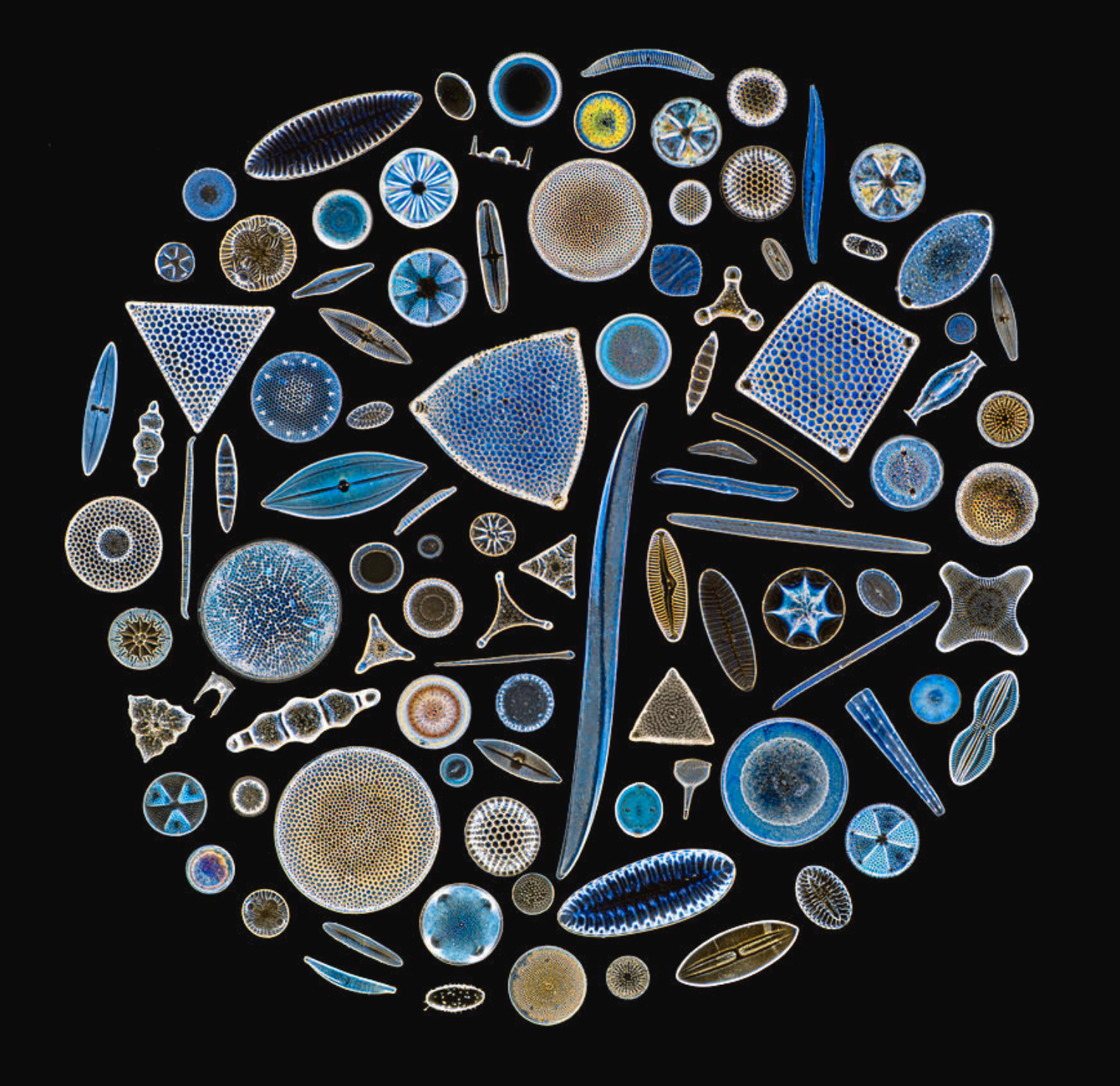
dinoflagellates
A type of phytoplankton when they photosynthesize. Single-celled organisms, algae, eukaryotic, not bacteria, found in marine and freshwater environments, can be photosynthetic or heterotrophic (they eat microbes), known for their bioluminescence and role in harmful algal blooms. If it eats other organisms, it might be zooplankton, not phytoplankton. Some of these photosynthesize and eat other organisms, making them mixotrophs.
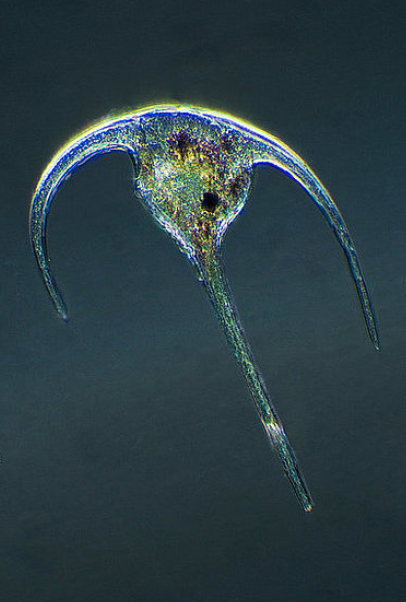
cyanobacteria
A type of phytoplankton. Photosynthetic, prokaryotic bacteria, not algae, often found in aquatic environments, playing a crucial role in nitrogen fixation and forming blooms that can be harmful or beneficial. They played a major role in creating Earth’s oxygen-rich atmosphere billions of years ago. Often mistaken for algae.

copepods
A type of holoplankton, which is a type of zooplankton. Small crustaceans found in marine and freshwater environments, crucial in the aquatic food web as they serve as a primary food source for many fish and other marine animals. They exhibit a wide range of sizes and forms, playing significant roles in nutrient cycling. Tiny crustaceans, one of the most abundant animals in the ocean, if not on Earth. These alone make up 70% of all zooplankton. Holoplankton spend their entire life as plankton.
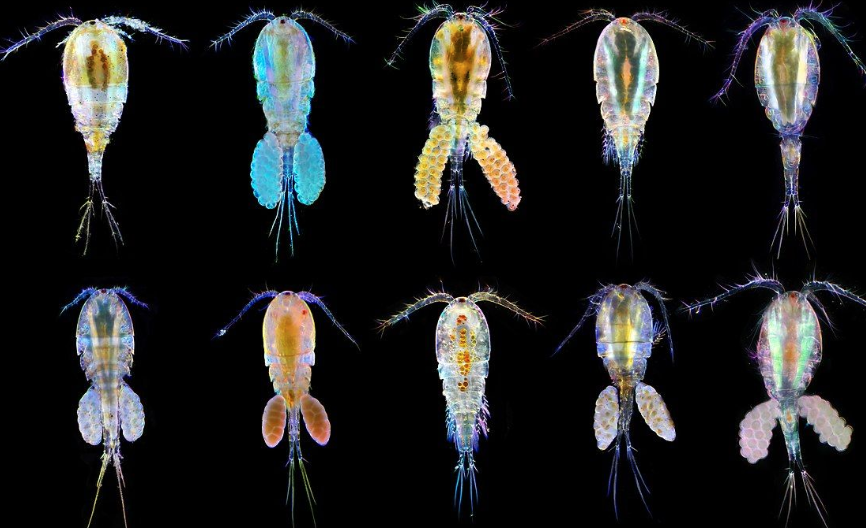
krill
A type of holoplankton, which is a type of zooplankton. Small, shrimp-like crustaceans that are a key part of the marine food web, serving as an important food source for whales, seals, and penguins. They play a significant role in nutrient cycling and are often found in large swarms. Holoplankton spend their entire life as plankton.

protists
A type of holoplankton, which is a type of zooplankton. Consists of foraminifera and radiolarians. Tiny, single-celled zooplankton with intricate shells. A diverse group of eukaryotic microorganisms, including algae and protozoa, that can be found in various aquatic environments. They play essential roles in food webs and nutrient cycling. Holoplankton spend their entire life as plankton.
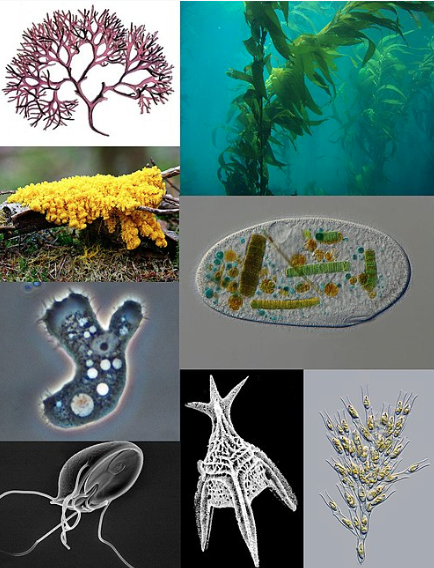
crab & lobster larvae
A type of meroplankton, a temporary plankton, only planktonic in their larval stage. These particular meroplankton start as drifting plankton before settling on the seafloor. Meroplankton are a type of zooplankton.

octopus & sea star larvae
A type of meroplankton, a temporary plankton, only planktonic in their larval stage. These particular meroplankton are free-floating before maturing into bottom-dwelling or free-swimming creatures. Meroplankton are a type of zooplankton.
